The Xiaomi Mi Max series, once a significant force in the realm of large-display smartphones, set a precedent in an era when most manufacturers adhered to more modest screen sizes. The introduction of the Mi Max 3 in 2018, equipped with the Snapdragon 636 processor, marked the culmination of a period defined by expansive mobile displays. While subsequent official statements from Xiaomi indicated the discontinuation of the series, the current proliferation of foldable devices invites a reconsideration of the role traditional large-format smartphones might still play in today’s premium-oriented market.
The Transformative Impact of the Mi Max Series
The Mi Max line fundamentally altered perceptions of smartphone design by demonstrating a clear consumer demand for larger displays—particularly for media consumption and productivity. These devices offered notable battery longevity, robust audio capabilities, and maintained a relatively sleek profile despite their considerable size. The Mi Max 2, in particular, distinguished itself with superior gaming performance, offering an immersive experience that smaller devices struggled to deliver. Its combination of generous screen size and high-quality audio established it as a centerpiece for users with demanding entertainment needs.
Contemporary Market Dynamics for Large Smartphones
A review of current market trends reveals several factors that could be conducive to the reintroduction of a product akin to the Mi Max:
- Foldable smartphones, while innovative, remain prohibitively expensive for a broad consumer base.
- Devices targeted at gaming enthusiasts prioritize performance, yet often neglect expansive screen dimensions.
- A significant portion of users continues to prefer conventional, non-folding form factors.
- Advances in battery technology could further enhance the viability of large-screen smartphones by addressing previous concerns regarding endurance and portability.
Potential Technical Specifications
A modern iteration of the Mi Max could feasibly incorporate a Snapdragon 7 Gen 3 processor, a 6.8 to 7-inch display utilizing contemporary aspect ratios, enhanced audio systems, and a high-capacity battery with rapid charging capabilities. Improvements in display technology would likely yield superior outdoor visibility and color fidelity, while advancements in thermal management could ensure sustained high performance during resource-intensive tasks.
Assessing Consumer Demand
Consumer interest in large-display smartphones persists, as evidenced by the success of various “plus” and “ultra” models from leading manufacturers. Nevertheless, the majority of these offerings occupy the premium segment, leaving a gap in the market for more accessible, large-format devices. Gaming enthusiasts, content creators, and users who prioritize media consumption all demonstrate a clear preference for increased screen real estate—suggesting that a purpose-built, affordably priced large smartphone could address an underserved segment.
For users wishing to explore contemporary Xiaomi software features, the MemeOS Enhancer application, available via the Play Store, offers access to additional system capabilities and app updates.

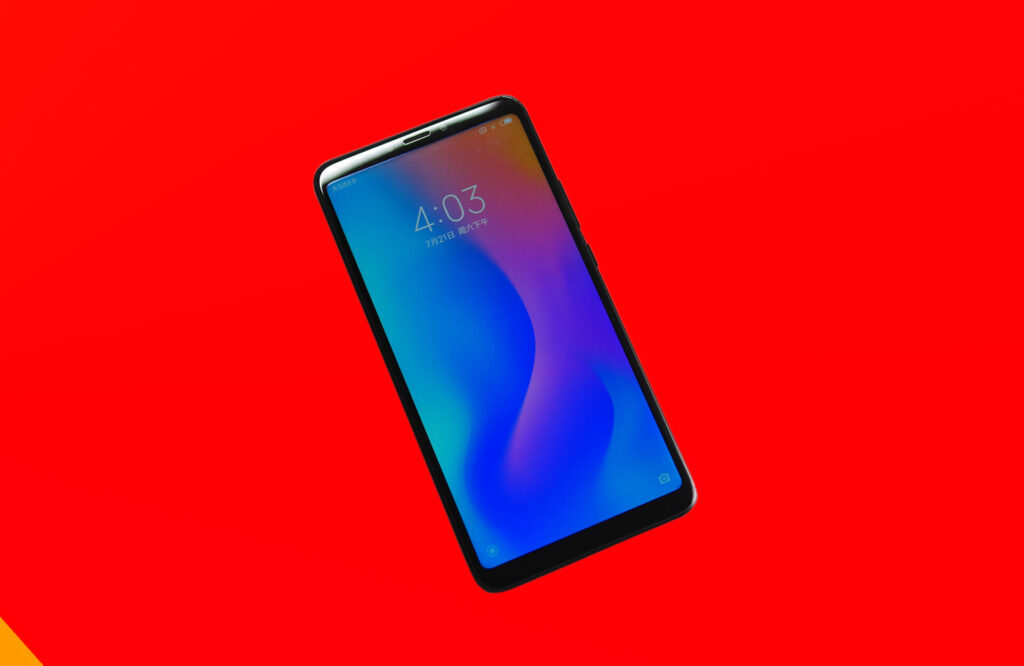
 Emir Bardakçı
Emir Bardakçı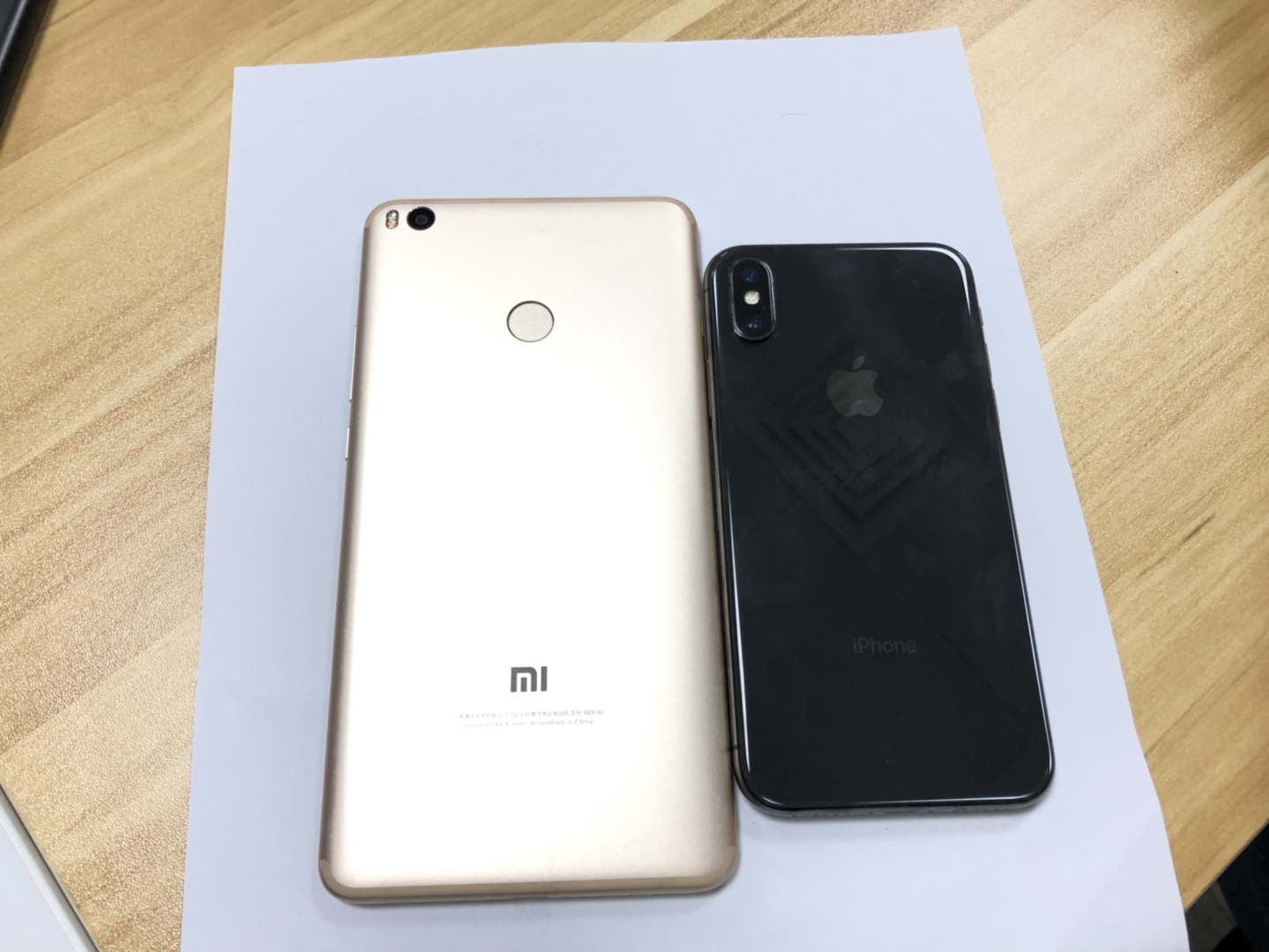
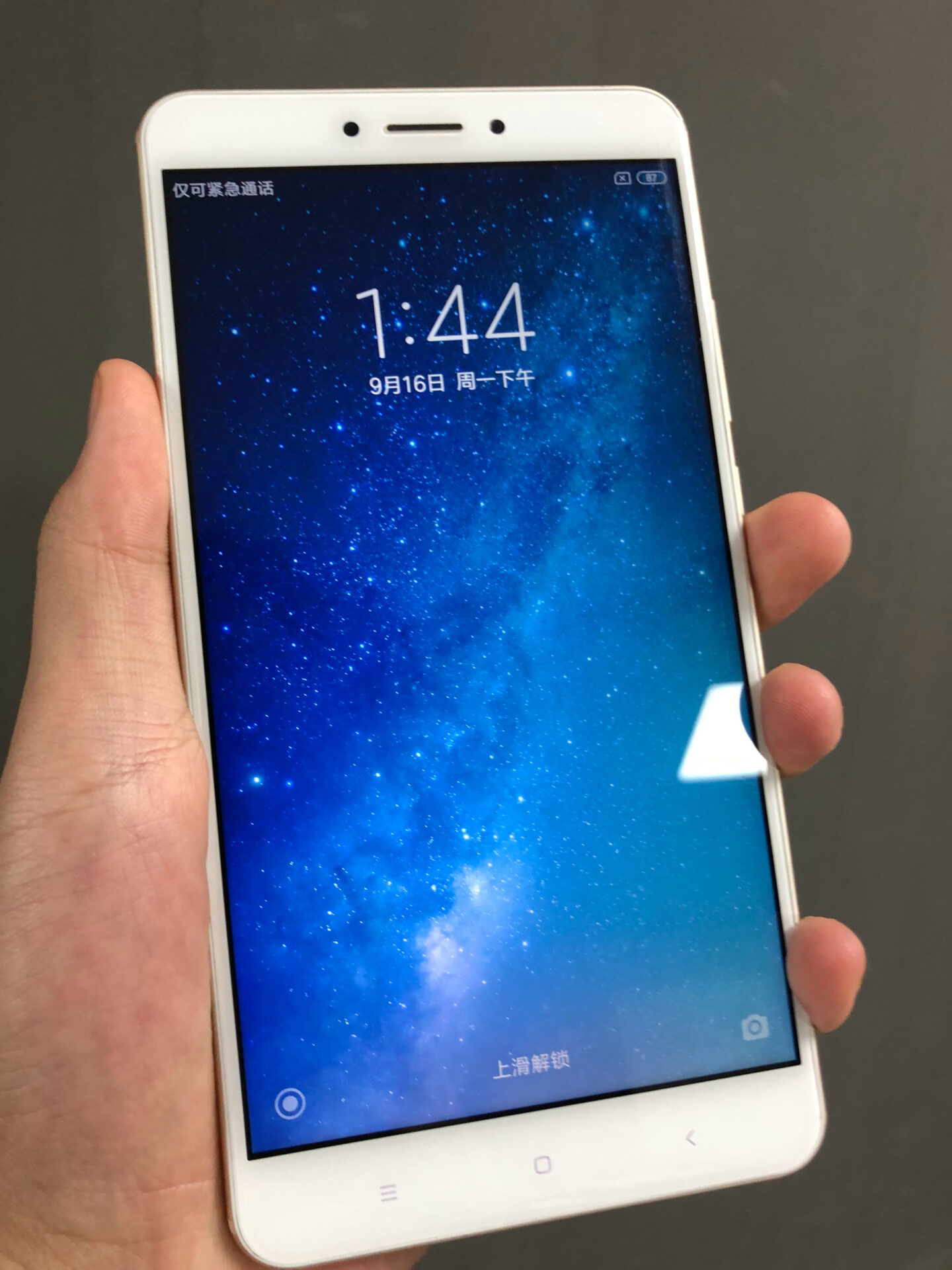
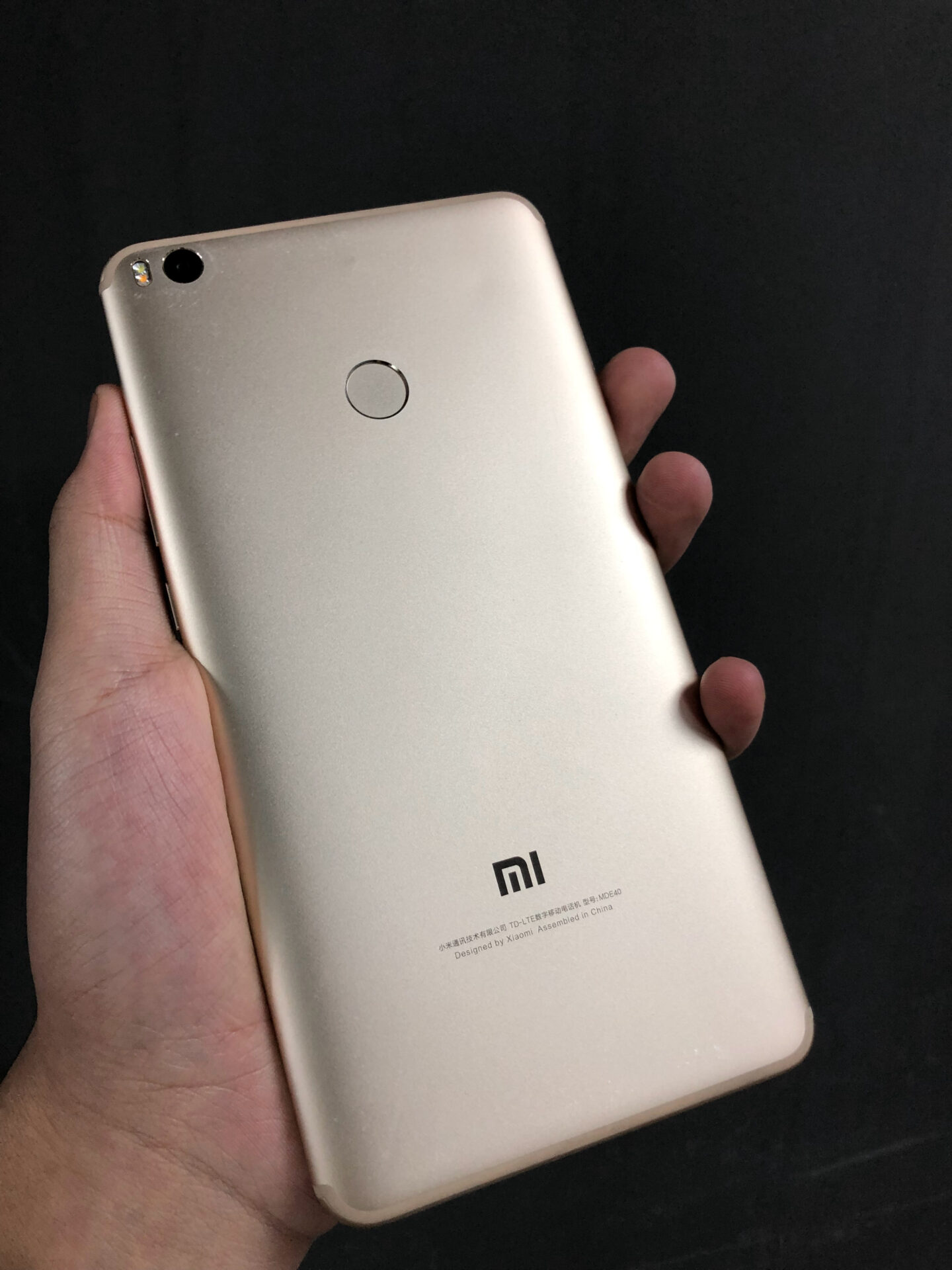
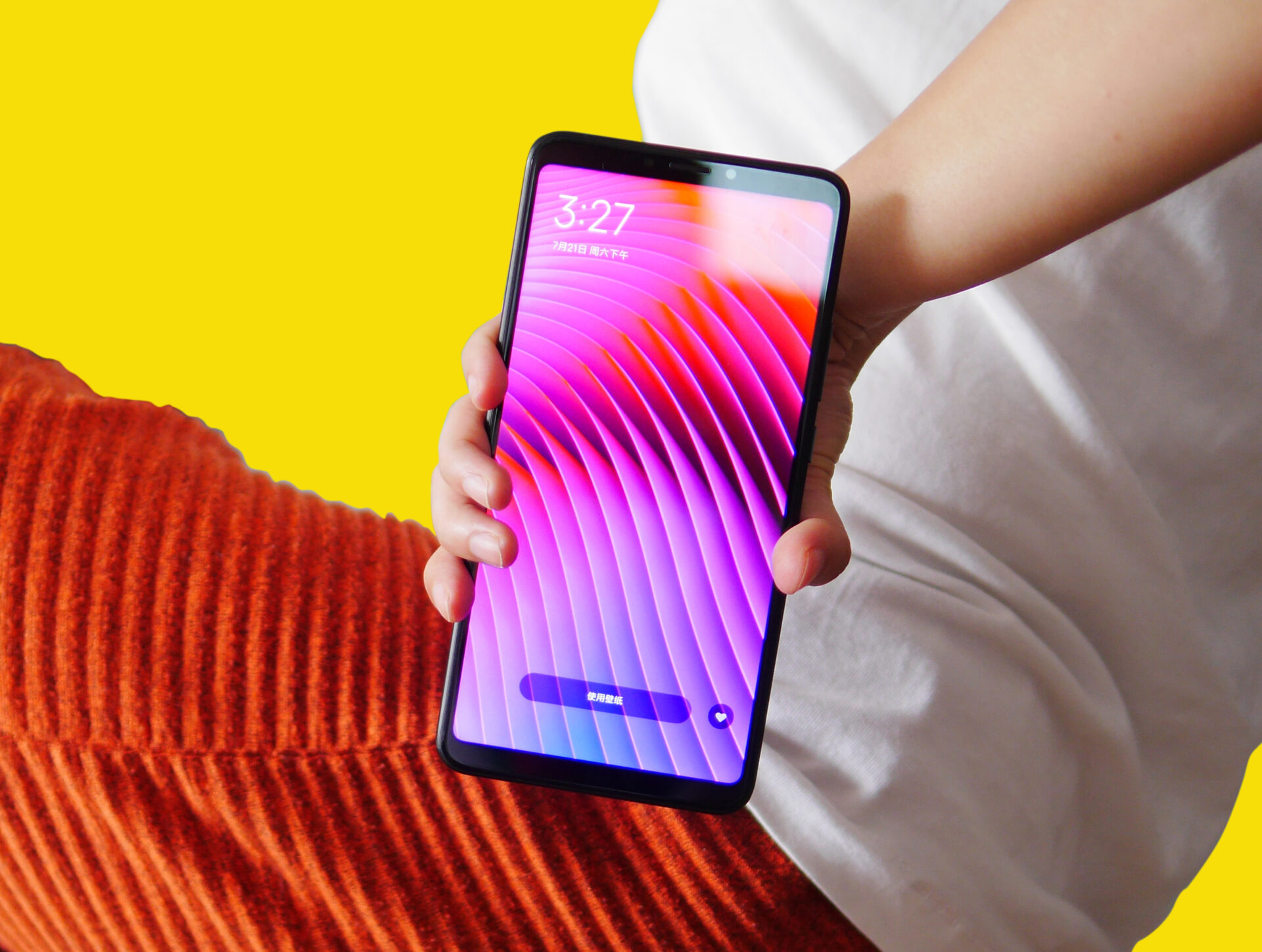



Where did you get this information?
As someone who owned the original MI Max 1, i loved the screen size.. I always used to carry 2 smartphones, one I had Samsung S6 edge for my work and mi max for personal. Battery life and watching content in max was really great at the time with the big screen.. I miss those days of having an affordable yet large screen phones. If max series would get a comeback, my wishlist would be, 8 inch screen (why not), amoled 120 hz, 10000 /12000 mah battery with the new battery Tech, and other specs from poco x7 pro with a price tag of 25k-30k. And no I don’t want a tab, I want a proper mobile phone
they made it up, like usual
i had Mi Max 1 once it was launched, later replaced with Mi Max 3 which is amazing phone. I still have it just dont use it as a daily. amazing model, I love it